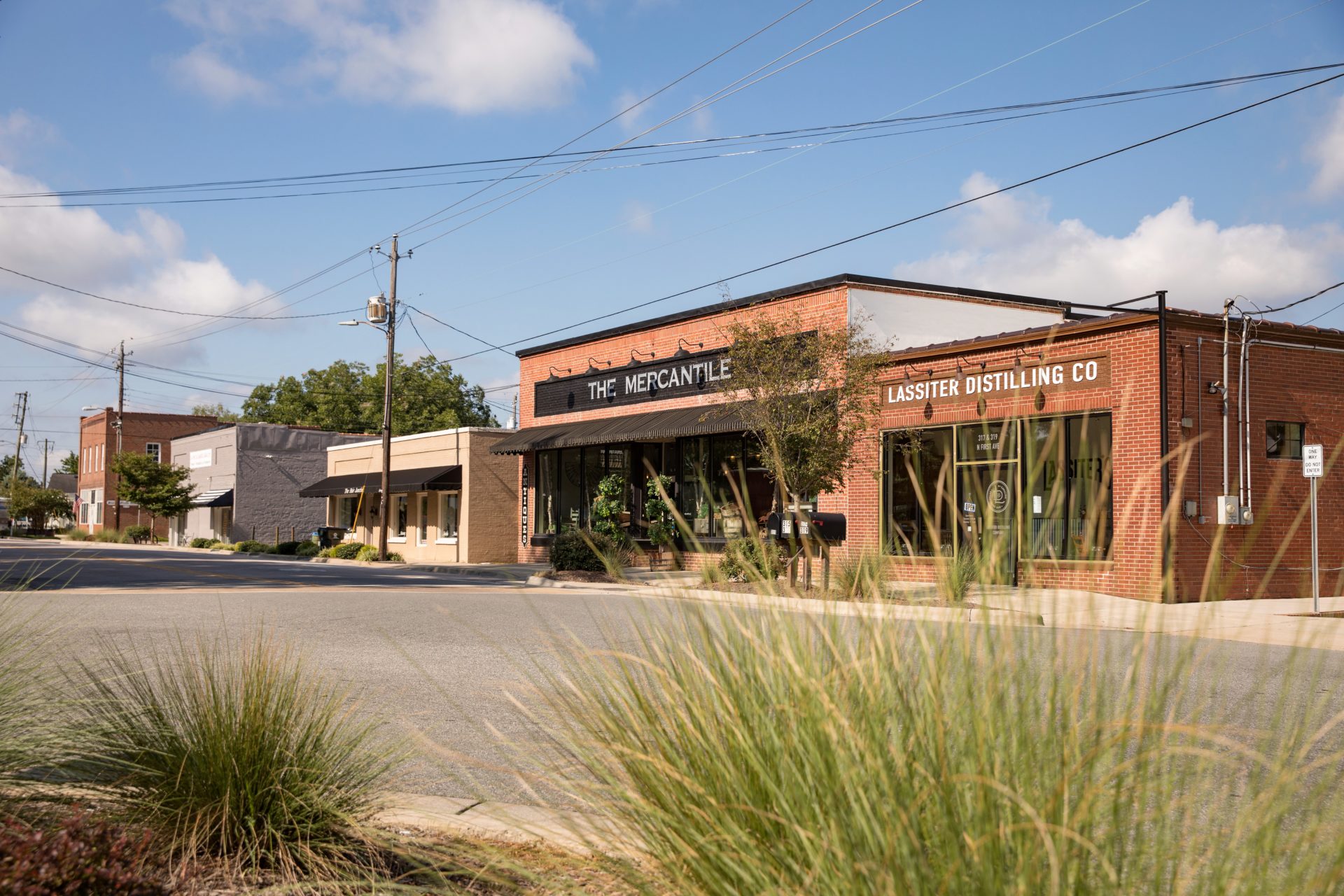Inputs from the Wake Transit survey are now being used to develop four scenarios for transportation plans in Wake County as the next phase of the transit planning process. This week, the transit advisory committee, a 70 member committee representing all corners of Wake County, came together to learn about the recommended infrastructure types for Wake County.
In order to narrow to these four options we had to consider different goals. Tradeoffs between ridership, coverage, infrastructure, and service must all come into play when working within a finite budget. First off ridership and coverage are both admirable yet opposite goals. Ridership would focus on getting the most people on a system at a given time and usually only providing service for those densely populated areas. Coverage focuses on providing access to all, but in doing so would provide less frequent service to everyone. High Infrastructure investments would mean state of the art technology but have less money left over for expanding service.
This meeting was mainly focused on narrowing down the types of infrastructure Wake County would invest in. After explaining a variety of types, the final two were Rail Rapid Transit and Bus Rapid Transit.
Rail Rapid Transit would be able to use existing tracks as well as laying some new tracks. It would run frequently throughout the day (every 15 minutes) and be able to provide reliable service throughout peak times.
Bus Rapid Transit (BRT) is taking the standard city bus and upping the infrastructure in order to make it more reliable. Some improvements could include: designated BRT only lanes, sensors that would tell traffic lights to turn green when buses were stuck at lights, and upgraded stations. This is all to include the reliability and comfort when riding the bus.
That being said, there was still money left over in both plans to improve the current bus services we have around the county.
Sometime over the next two months, the transportation consultants will host a kickoff event for the transportation scenarios where the public will be able to see the plans and give feedback to improve the plans before they are consolidated into one final plan.

